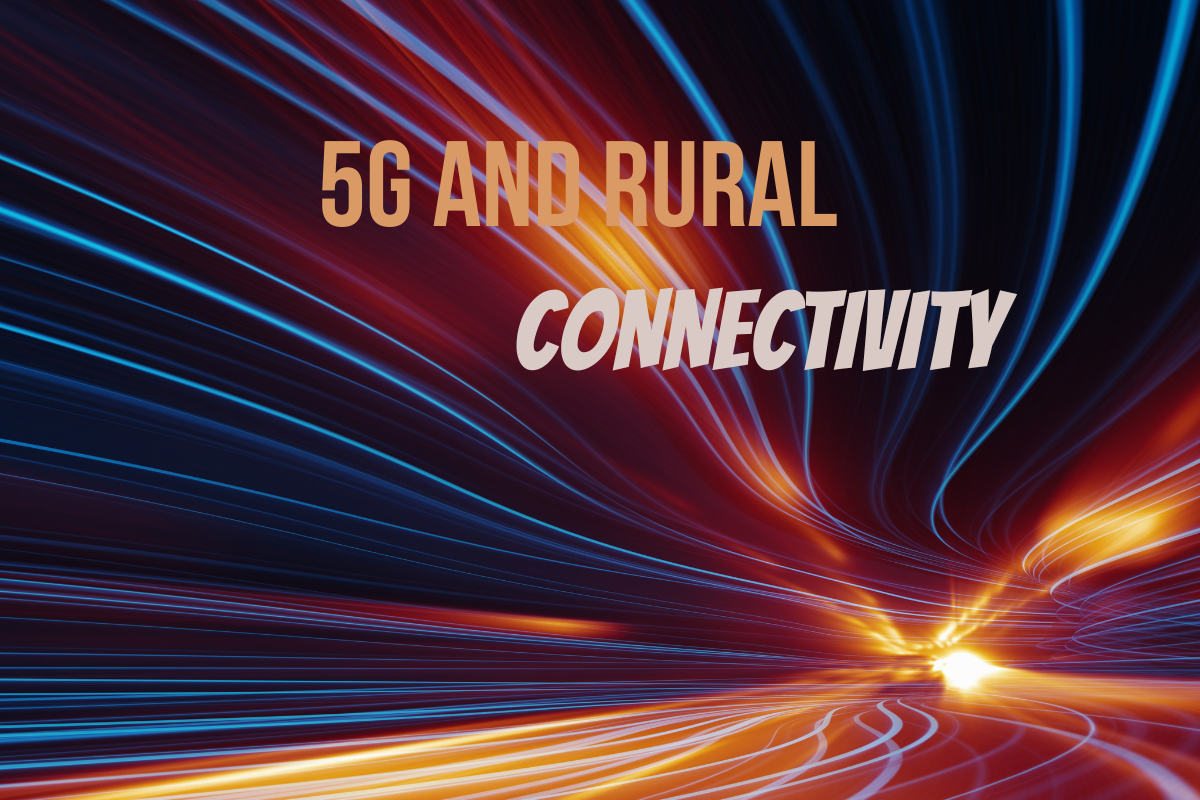Introduction
Hook: The paper initiates with the expression, “This week’s digital divide could have played much bigger by 5G technology in bridging the gap between urban and rural areas.”
Why Rural Connectivity is Important: Briefly highlight why rural connectivity is very vital for economic growth, social development, and ensuring equity and access in the access of digital resources.
Blog Post: Touch on all three broad-ranging themes in the blog: 5G expansion in rural areas, 5G use within agriculture, and social and economic impacts of 5G throughout rural communities.
1. Connecting Rural by Extending 5G to Rural and Remote Areas: Bridging the Digital Divide
The State of Rural Connectivity at Present:
Rural connectivity challenges vs. urban areas: State of rural connectivity with respect to urban; network limitations with respect to coverage, speed, and cost.
Digital Divide: This results in a scenario of a digitally divided rural population, which equates to less access to education, healthcare, and economic opportunities for people.
How 5G Can Help:
High-Speed Connectivity: The major steps can be defined in terms of a comparison of the faster speed and low-latency networks with available internet connectivity to rural areas within the urban class.
Fixed Wireless Access: Discuss how, with 5G power, extremely low investment in the infrastructure will be enough for broadband Internet access through fixed wireless access and, therefore, provide much better viability of connectivity in rural areas, even in the remotest areas.
Coverage Expansion: Government and company support to the expansion of 5G coverage in rural areas through partnerships and at the government level.
Challenges in the Deployment of 5G in Rural Areas
Infrastructure Costs: The intestinal infrastructure development costs for 5G in rural, much less low-density, areas run into intense territory and raise several questions of return on investment for the Telcos.
Policy and Regulation: Discussion of the different government policies and regulations that already worked or can work in expanding 5G to rural locations. Mention subsidies or infrastructure development incentives.
2. 5G and Agriculture: Precision Farming and Rural IoT Applications
ILLISECONDS −
How 5G Will Play a Crucial Role in Agriculture in the Present Day:
What, after all is precision farming? Well, it simply means application of technology to practice agriculture: planting, fertilizing, and harvesting.
Why 5G: It will help not only in high-speed but also low latency connectivity—quite required when it comes to gathering data in real time and undertaking its analytical procedures constituting the very heart of precision farming and, similarly, other IoT applications that help in agriculture.
Technology for Precidikshan Farming
Drones and Autonomous Vehicles: Show how drones and 5G-enabled robotic tractors can monitor crops, spread pesticides, or control fields more effectively. Smart Sensors and IoT Devices: Demonstrate how IoT sensors in the fields read data to control such parameters as soil moisture, temperature, or crop health. This information travels via the 5G for real-time analysis and decision-making.
Livestock monitoring: 5G and its role in IoT applications in livestock management for health, location, and productivity monitoring.
Economic and Ecological Benefits:
Higher Yields and Efficiency: Explain how 5G-based precision farming will aid in better crop yields, reduce the consumption of a lot of resources like water and fertilizers, and bring efficiency into the entire yield.
Emphasize the environmental benefits arising out of precision farming, such as reduced wastage and carbon dioxide emissions, for sustainable agriculture.
Barriers to Adoption:
Technology Cost: Cushen the financial constraining factors to the uptake of 5G-driven precision farming technologies, in particular for small-scale producers.
Education and Training: Show if any educational and training activity will be necessary to let farmers understand the knowledge of new technologies and use them effectively.
3. Socioeconomic Impact of 5G in Rural Communities:
Economic Growth and Job Creation:
How about better connectivity through 5G infused into rural economies, therefore making them more attractive for business investments, e-commerce, and entrepreneurship?
Other opened possible areas can be job creation in technology and agriculture that arises out of the 5G expansion in the rural regions.
Access to Improved Education and Healthcare:
Education: How will 5G actually make remote learning a viable or sustainable solution when schools suddenly shut down and bridge the education gap between city and rural students in the process? Healthcare: What are the ways in which 5G might allow the installation of applications for remote care to be executed in rural areas and grant access to these applications to country residents? Social Impact:
Isolation Reduction: At this point in the discussion, what should be stressed is that 5G can reduce isolation, normally characterizing rural populations. This shall enhance easy access to virtual online communities and social networks and be able to communicate with their kin and network.
Cultural Preservation: The way 5G is going to provide for cultural preservation and valorization of the rural cultures is by provisions for digital sharing of local traditions, arts, knowledge, and so forth.
Challenges and Considerations:
Digital Literacy: The sure capacity building in digital literacy in rural areas needs to be taken as paramount urgency so that efforts toward 5G take full effect for these communities. Equitable Access: The need should be articulated for policies and programs that would ensure all rural communities, including the most remotely located and underserved, to have access to 5G technology.
Conclusion:
Summary: Can help bridge the gap to advance practices in agriculture and, above all, overall social and economic well-being that can stand within rural communities.
Future Expectations: What is expected to be even larger, 5G, and expanding with possibilities of even larger impacts on rural connectivity and development.
CTA—Mobilize readers to act in advocacy and support of expanding 5G into rural areas. No community should be left behind without access to technology.
